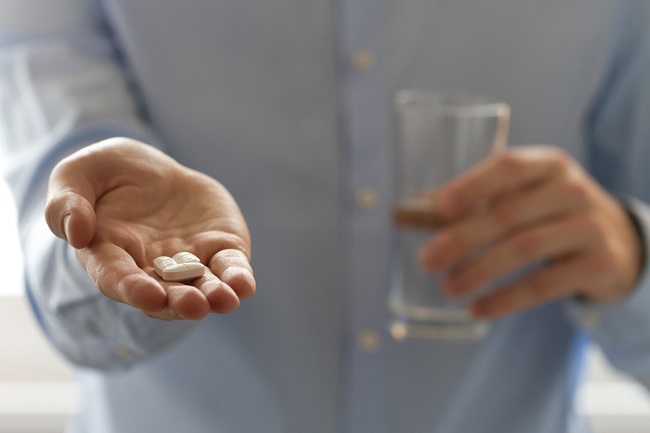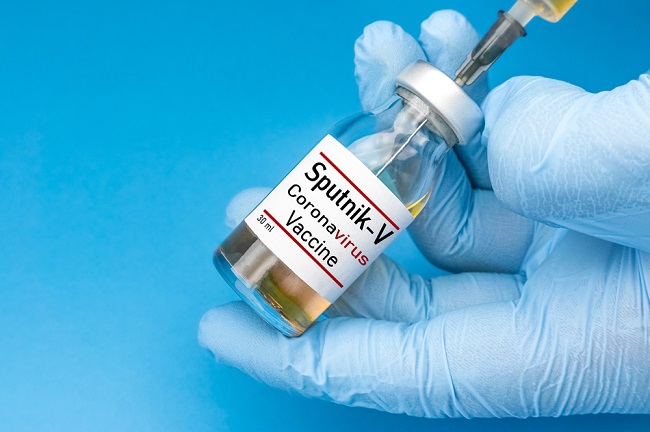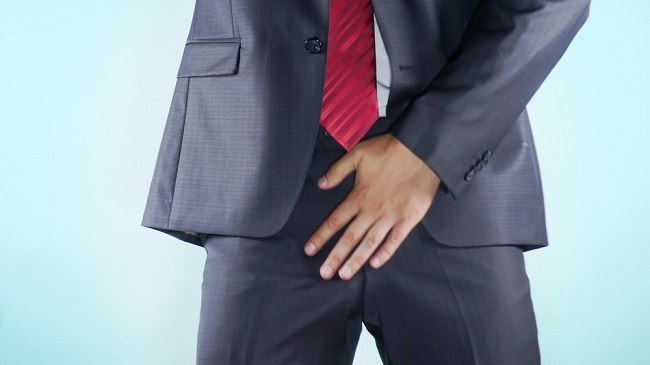GBS (Guillain-Barré syndrome) and polio are two dangerous diseases that can attack children. If left untreated, GBS and polio can cause a child to experience leg paralysis. Therefore, it is important to know more about these two diseases.
GBS and polio are two types of diseases that attack the nerves and can be experienced by anyone, including children. Left untreated, GBS and polio can be dangerous. Not only paralysis of the legs, these two diseases can even threaten the life of the sufferer.

Guillain-Barré syndrome (GBS)
Guillain-Barré syndrome (GBS) or Guillain-Barré syndrome is a rare disease. However, this disease can cause nerve damage, numbness, and weakening of the muscles of the limbs, such as the legs, arms, and face.
The following is an explanation of Guillain-Barré syndrome:
Causes of GBS
The cause of GBS is not known for certain, but experts believe that this condition occurs when the immune system is impaired so that it turns to attack the body's nerves. GBS is often preceded by an infectious disease, either caused by a virus or bacteria.
Most sufferers can improve and recover. However, if not treated properly, this disease can increase the risk of long-term complications, such as loss of balance, numbness, or muscle weakness.
During the recovery phase, some sufferers also often need assistive devices to walk.
GBS Symptoms
Weak legs and tingling are usually early symptoms of GBS. In most cases, muscle weakness can start in the legs and then spread to the hands. However, there are also those that start from the face or hands.
In addition to the weakening of the body's muscles, there are several other symptoms of GBS, such as:
- Difficulty swallowing, speaking, or chewing
- Unable to see clearly
- A prickling sensation in the hands and feet
- Severe pain, especially at night
- Impaired coordination and balance
- Abnormal heart rate or blood pressure
- Indigestion or difficulty controlling urination
GBS Treatment
Children suffering from GBS should be hospitalized immediately for appropriate medical treatment. GBS treatment is done to reduce symptoms, speed healing, and reduce the risk of paralysis that can be experienced by children.
There are two methods of treatment that can be done, namely plasma exchange (plasmapheresis) and administration of intravenous immunoglobulin (IVIg).
Plasmapheresis is done by filtering plasma that attacks nerve cells in the patient's blood cells using a special machine. The clean blood cells are then returned to the patient's body in order to produce new, healthy plasma.
Meanwhile, the second method is carried out by taking healthy immunoglobulins from donors and injecting them into patients with GBS syndrome, in the hope of fighting immunoglobulins that attack the nerves of the sufferer.
In addition, the doctor will also recommend occupational therapy and physiotherapy to restore the body's ability to move and restore stiff muscles. Meanwhile, to restore speech and overcome difficulty swallowing, sufferers need to undergo speech therapy.
Polio
Polio is one of the most common infectious diseases experienced by children. This disease can attack the nervous system, so it can cause paralysis, difficulty breathing, and even death. The following is a brief explanation of polio:
Causes of polio
Polio is caused by a virus called poliovirus. This virus only infects humans and transmission also occurs between humans.
Poliovirus lives in the throat and intestines of an infected person. This virus can enter the body through the mouth and nose, and is spread through direct contact with sufferers.
Poliovirus can also be spread through contaminated water or food. Although rare, this virus can also be spread through sneezing or coughing.
The virus can live in the feces of an infected child for weeks. Other children can be infected with poliovirus, if they touch their mouth with hands that have been contaminated with polio infected faeces.
Infection can also occur if a child puts a toy or other contaminated object in his mouth.
Symptoms of polio
Some children who develop polio will initially experience mild symptoms, such as:
- Fever
- Headache
- Sore throat
- Stomach pain
- Fatigue
- Stiff neck and body feels sore
Most sufferers who experience mild symptoms recover after 2–10 days. However, there are also those whose condition worsens and is accompanied by symptoms that lead to muscle paralysis, such as loss of body reflexes, severe muscle pain, and weakness of limbs.
Polio disease can cause complications in the form of permanent disability, muscle abnormalities, or even death.
Polio treatment
Until now, there is no specific drug that can cure polio. Treatment is generally aimed at reducing symptoms, speeding recovery, and preventing complications.
There are several types of treatment that can be done to treat polio, including:
- Painkillers, to relieve pain that appears
- Portable ventilator, to help breathe
- Physiotherapy, to prevent loss of muscle function
No parent wants to see their child catch any disease, including GBS and polio. Therefore, check with your child to the doctor if he shows symptoms of the two diseases mentioned above. For polio, preventive measures can be taken by giving children the polio vaccine.









